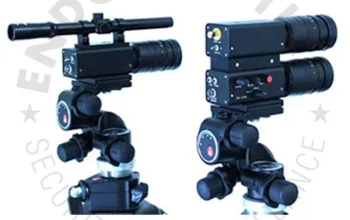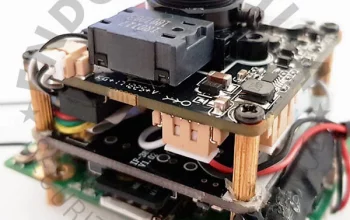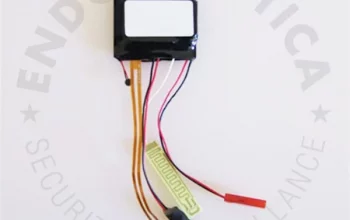Did you ever try to use a mobile phone with GPS locator inside your home? It is practically useless, as the system’s accuracy level (around 10 meters) would not recognize your exact position within the house. And if you are inside an office building or a shopping mall, 10 meters can make a real difference.
A recent research program sponsored by big names of computing and mobile telephony, carried out by technicians from Duke University is working on an extremely accurate positioning system, which analyzes light, sound and motion data as they are picked up by the phone’s sensors.
This data can help create a “digital fingerprint” of the environment surrounding the phone which, when coupled with position details supplied by GSM and WiFi networks, can be enough to identify it. For example, a bar will have a different lighting level compared to a shop, and the sound pattern will also be different.
This kind of information is sent to a server which, based on classification algorithms, tries to detect the exact position of the phone. One of the challenges being faced, for example, is how to handle situations in which the phone is kept in the user’s pocket, thus being unable to pick up the light.
As one can see, the challenge is quite a steep one, with difficulties and implications of several kinds, but once a solution is found, applications for this kind of position detecting system could be practically endless.
Just think of surveillance of suspect criminals, carried out by police forces using a spy phone capable of giving its exact position at any time: criminals and crooks would have no more places to hide!


